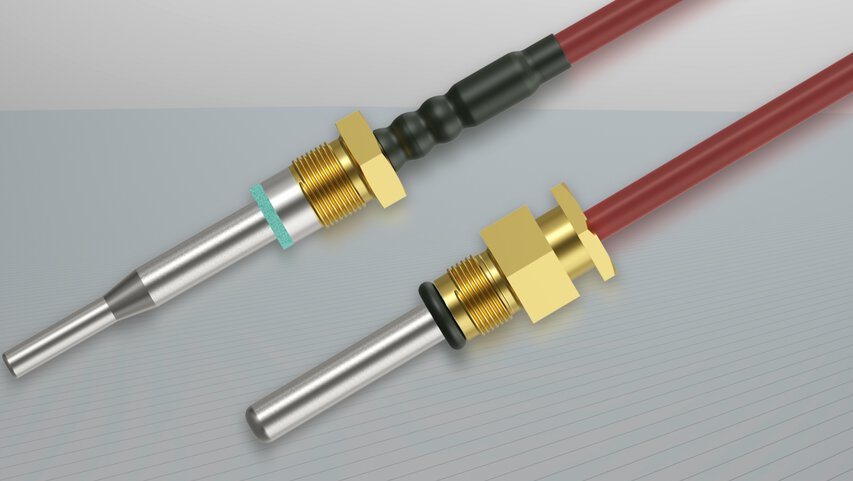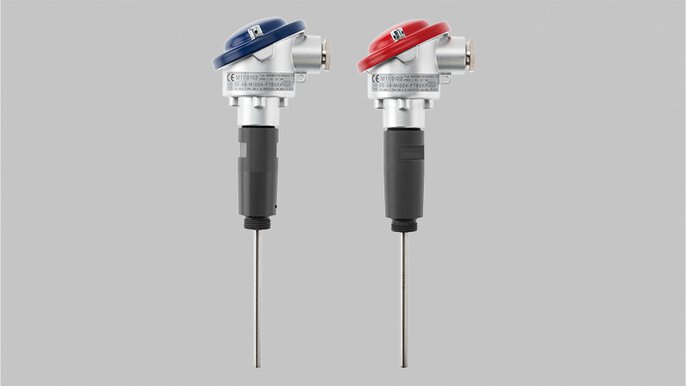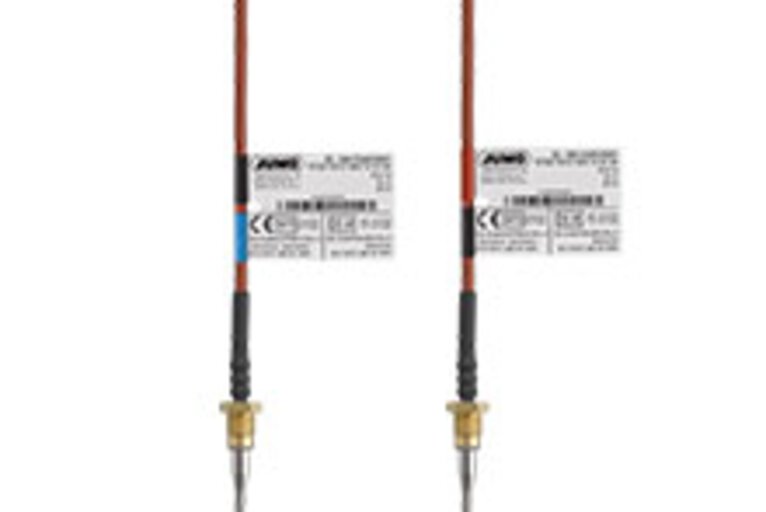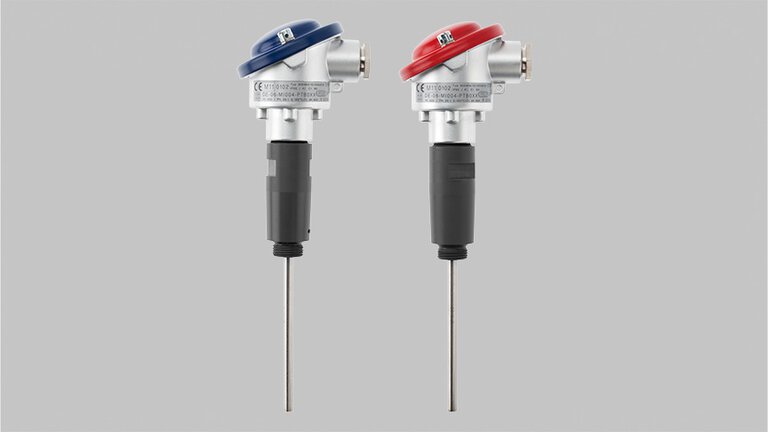

Innovative digital temperature sensors for heat meters - case study
In today's fast-moving heat meter market, precision and reliability in thermal energy measurement are key. In this case study, we tell the story of how we worked with an international manufacturer of heat meters who faced the challenge of developing a modern, innovative device. From this article, you will learn how we met the customer's requirements by developing an advanced digital temperature sensor with communication via the I²C bus, and what benefits the solution brought. Read on to discover how our openness to customised and cutting-edge designs and experience in the temperature sensor topic, combined with the customer's innovative approach, helped to consolidate its position as an innovation leader in the heat meter market. Read on to find out how our technology and know-how can help you grow your business too!
What is a heat meter and what is its primary function?
A heat meter is a device used to measure the amount of thermal energy transferred in a heating or cooling system. Its primary function is to record the consumption of thermal energy so that the cost of heating or cooling can be accurately accounted for. It usually consists of three main components: a flow sensor, two paired temperature sensors and a calculation unit.
Examples of the use of heat meters: Heat meters are widely used in different types of buildings, both residential and commercial. In residential buildings, such as apartment blocks or single-family houses, heat meters enable individual billing of heating costs for individual residents. In commercial buildings such as office blocks, shopping centres or industrial facilities, heat meters allow energy consumption to be accurately monitored and managed, leading to optimised operating costs.
In heating and cooling systems, heat meters play a key role by measuring the temperature difference between the incoming and outgoing heating or cooling water, as well as the amount of liquid flowing. With these measurements, it is possible to determine the exact amount of heat transferred, which forms the basis for energy cost accounting.
Development of a state-of-the-art heat meter - customer challenges
A manufacturer of water and heat meters for domestic and industrial applications approached us with the idea of developing a new, innovative heat meter that not only met the latest technological standards, but also complied with DIN EN 1434, the applicable standard for the European market. High measurement accuracy and reliability, low energy consumption and resistance to various operating conditions were some of the customer's basic requirements. In addition, the manufacturer of heat meters needed a solution that would eliminate the influence of cable resistance.
Development process for a customised digital temperature sensor for heat meters - our solution
Taking all customer requirements into account, we developed a digital temperature sensor with communication via the I²C bus. I²C (Inter-Integrated Circuit) is a popular digital communication standard that allows data to be transferred between devices over short distances.
By using this bus, our digital temperature sensor can transmit accurate measurement data without being affected by cable resistance, a significant problem with traditional analogue measurement methods. I²C also provides fast and reliable data transfer, crucial for accurate calculations and real-time analysis of energy consumption.
In addition, it allows for easy integration of the sensor into existing heat meter systems and the ability to expand the system with additional sensors and modules, increasing flexibility and scalability. As a result, our digital temperature sensor not only meets all the requirements of DIN EN 1434, but also offers additional benefits in terms of reliability, precision and ease of integration.
Furthermore, our testing and qualification process confirmed compliance with the required standards and allowed our digital heat meter sensor to be approved for use in the European market.

Paired, resistance temperature sensors for heat meters (902464)
Collaboration result - temperature sensors for low energy consumption heat meters
With the implementation of state-of-the-art technological solutions such as the digital temperature sensor, the client has strengthened its position as an innovation leader in the heat meter market. The new HEATtemp Digital heat meter stands out from the competition, offering advanced features and greater reliability. Precise measurements and low energy consumption are just some of the benefits that end customers have noticed. Users can expect more accurate billing of energy costs and longer equipment life, increasing their satisfaction and confidence in the brand. In addition, the simpler design of the heat meter makes installation and maintenance easier, resulting in lower operating costs and greater efficiency. As a result, the customer has gained a competitive advantage to further develop and strengthen its position in the market.
About the author
My name is Ewelina Szmit and I have been working in content marketing for several years, combining my professional skills with my passion for writing. I am convinced that even the most technical topics can be presented in an interesting and accessible way for everyone. Outside of work, I unleash my creativity by creating newspaper collages. I like to spend my free time being active, walking my dog or running.

Technical specialist
Katarzyna Tracz - Inside Sales Engineer +48 71 339 32 86 Katarzyna.Tracz@JUMO.net +48 71 339 32 86Comments
We encourage you to leave your comments via the form below. They will be posted online once they have been approved through our review process.


